
Astrophotographer Fred Housel imaged the Great Globular Cluster in the Hercules Constellation using Explore Scientific’s ED127 telescope. One of Hercules’ most stunning treats, this brilliant cluster, which is also known as Messier 13, is home to hundreds of thousands of stars, covers a 145 light year span and is widely regarded as the best of its kind in the northern sky.
Epic observing challenge is worth the effort
For amateur astronomers in low or mid-northern latitudes, late March presents the perfect opportunity to embark on one of the greatest observational challenges in the Northern Hemisphere — the Messier Marathon.
Although it is billed as an observing challenge, a Messier Marathon is actually more than that. It is an epic quest in which participants attempt to see in one night all of the 110 objects in the Messier Catalog. With the New Moon happening on March 24th, the best weekends to tackle the Messier Marathon in 2020 are March 21-22 and March 28-29.
“The successful Messier Marathon is when you find and identify the most Messier objects that you can. For some astronomers that can be 110 objects, for others it might be 30 or 50 or 100. Everyone tries for their personal best,” said Don Machholz, one of a handful of amateur astronomers who created the daunting challenge in the late 1970s.
Since 1979, Machholz has undertaken 53 marathons. During 34 of those, he has found between 100 and 109 objects. Six times he has seen all 110 objects in one night. In April 2003, he tackled an enhanced version of the marathon and became the first to find 108 Messier objects in one night using no star charts or other aids and navigating only by his memory.
It is not only these achievements that have made Machholz a legend in the decades-long history of this challenge. He also wrote the observing order that is considered to be the gold standard when it comes to the Messier Marathon.
There are a lot of factors that determine the success of a marathon. Key among these are the observer’s location, weather conditions, knowing your equipment and adhering closely to the recommended observing order.
“The most critical times are getting the first few objects in the evening, before they set, and the last few objects in the morning, just after they rise,” Machholz said. “The night can be long, and many Messier Marathoners take a break for a nap in the middle of the night.”
If you are up to it, this break is a good time to search for other objects that cannot be found in the Messier catalog. Incorporating other things like planets, well-known stars or current celestial events can enhance the entire experience.
In April 1981, Machholz drastically expanded his marathon and ended up locating and viewing 107 Messier objects and 492 other objects in one night.
No matter how many objects you find, the Messier Marathon is a quest that is worth attempting.
“The greatest reward is at the end of the night — that is at morning twilight — being able to remember seeing each and every Messier object you have observed that night,” Machholz said.
Messier Marathon Tips:
• Know your equipment, study the observing order and get familiar with using star charts.
• Pick an observing location that has an open horizon to the west and southeast.
• Practice locating harder objects like M77 and M74 in advance because you will not have a lot of time to catch them.
• Prepare for a long night by having layers to put on as the night gets cooler and packing snacks and warm beverages.
• If you plan on napping during the break, make sure you set an alarm so that you don’t miss a chance at a pre-dawn object.
• Bring binoculars, red light viewfinders or other aids that might help in tracking down objects.
• Keep a record of your observations.
• Always pay close attention to your observing checklist to stay on track.

As an Amazon Associate we earn from qualifying purchases.

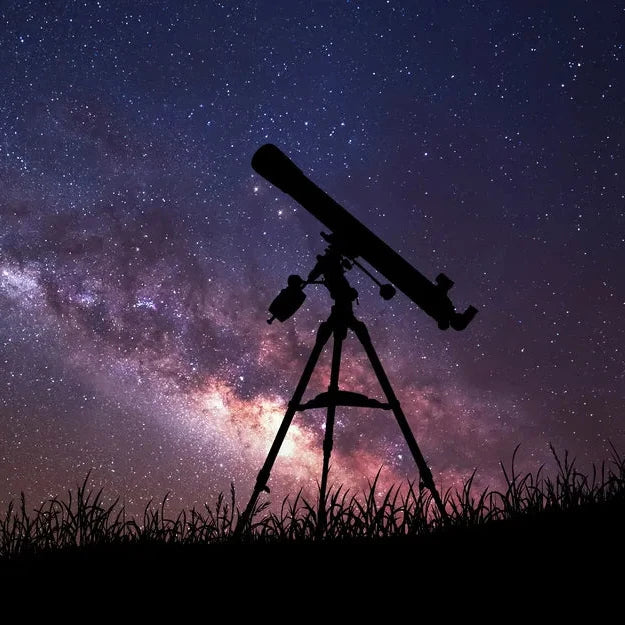

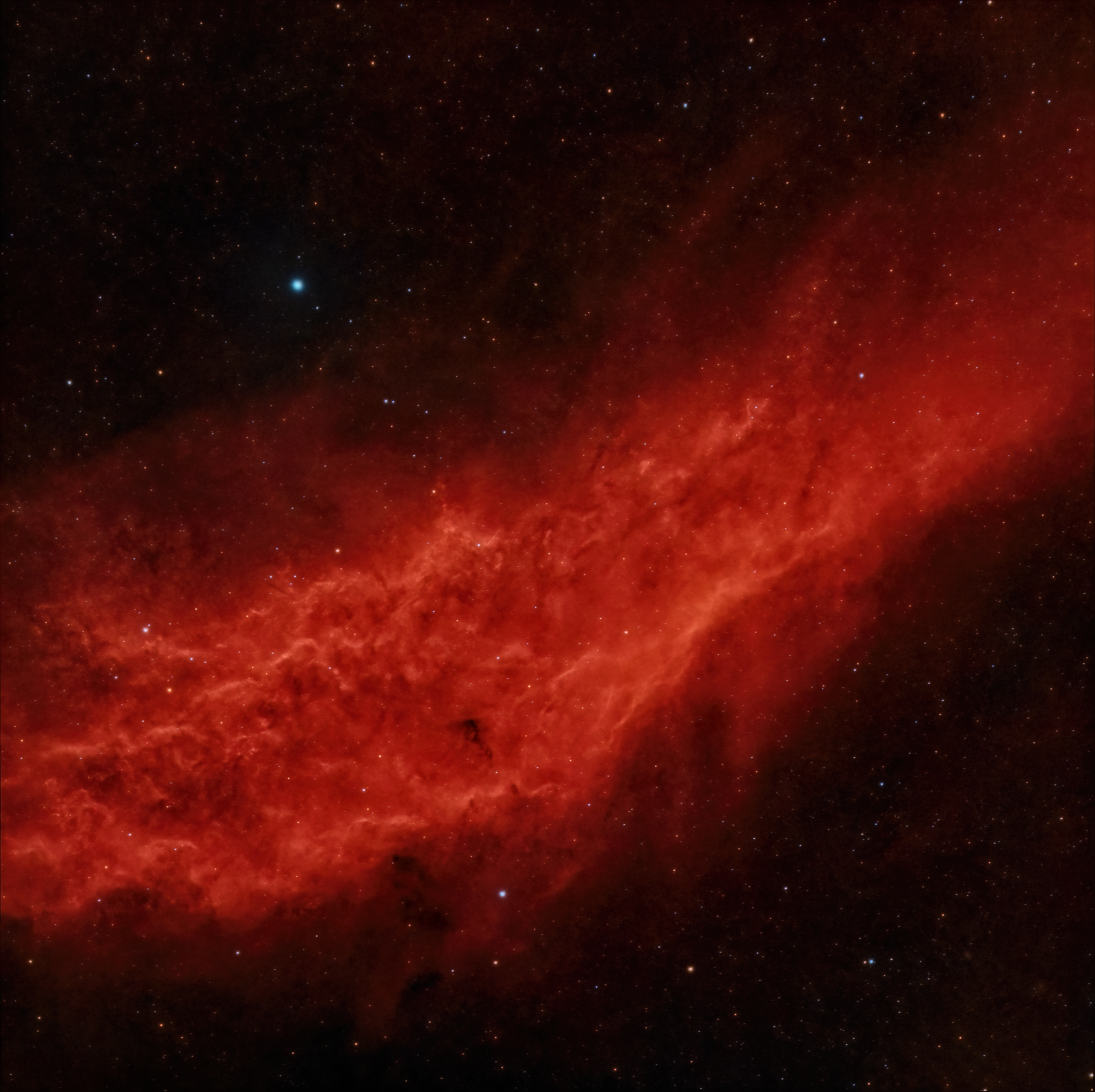



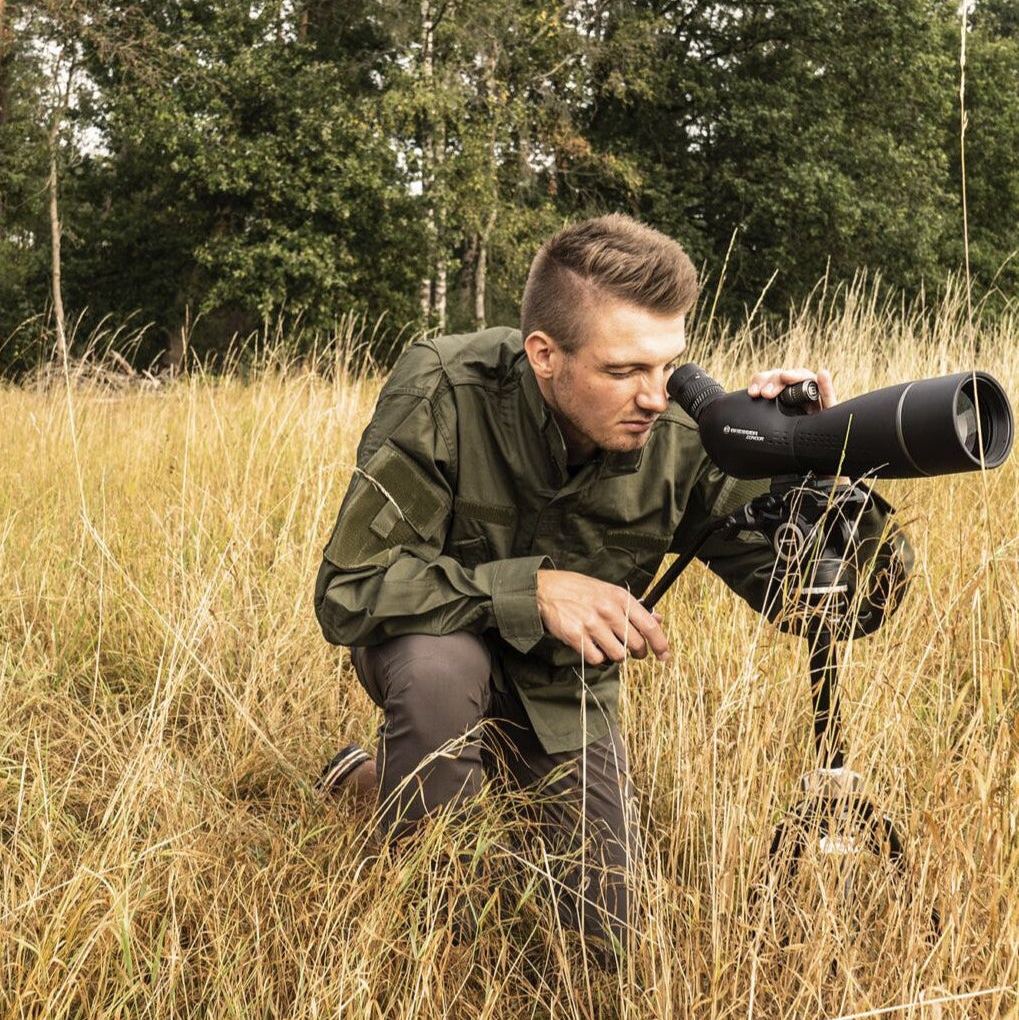


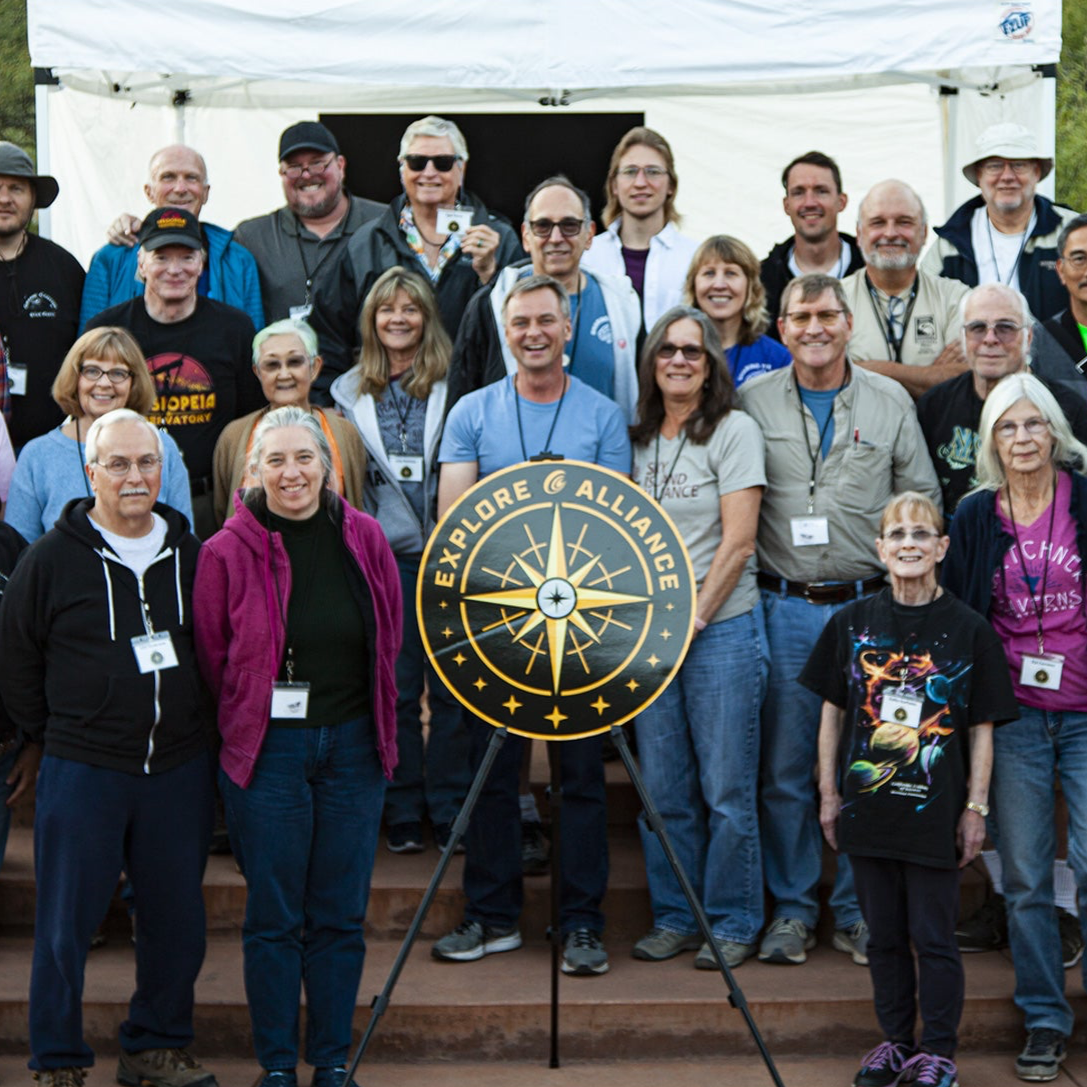
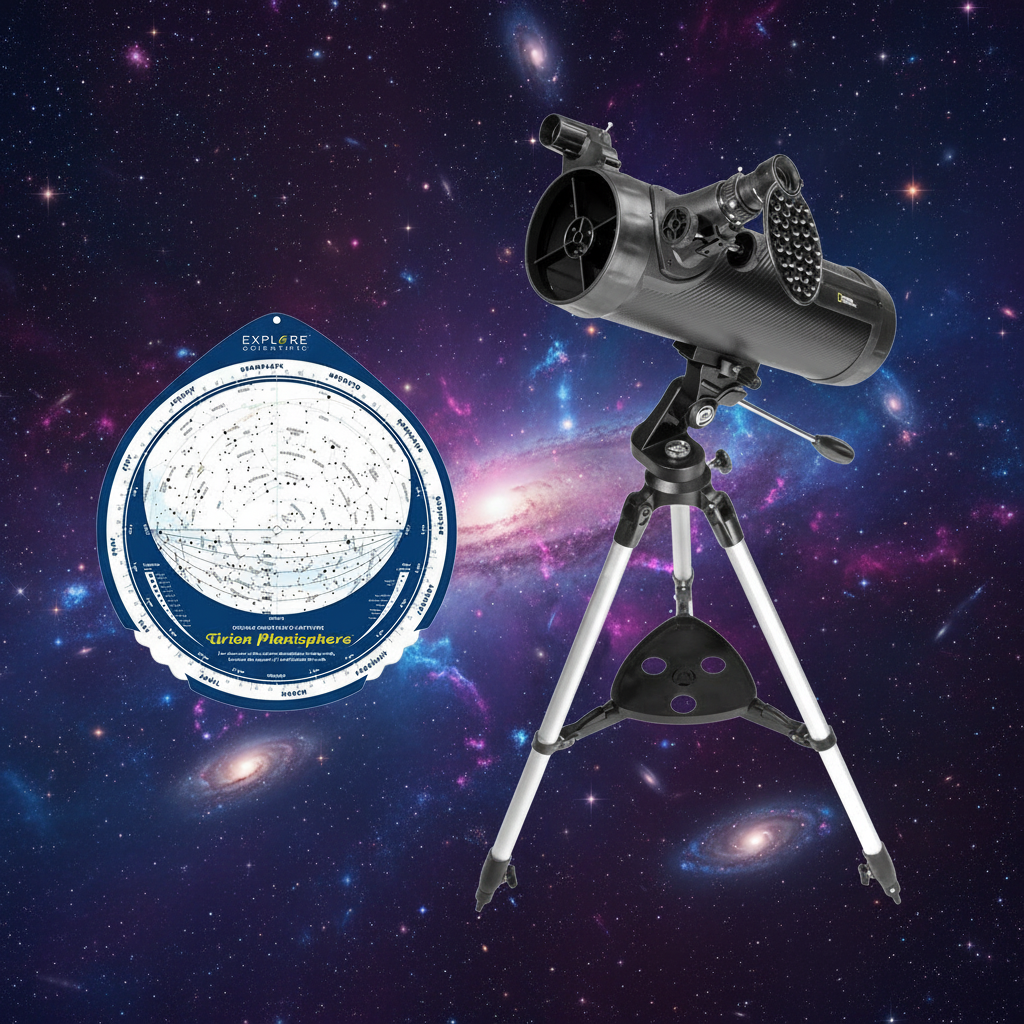
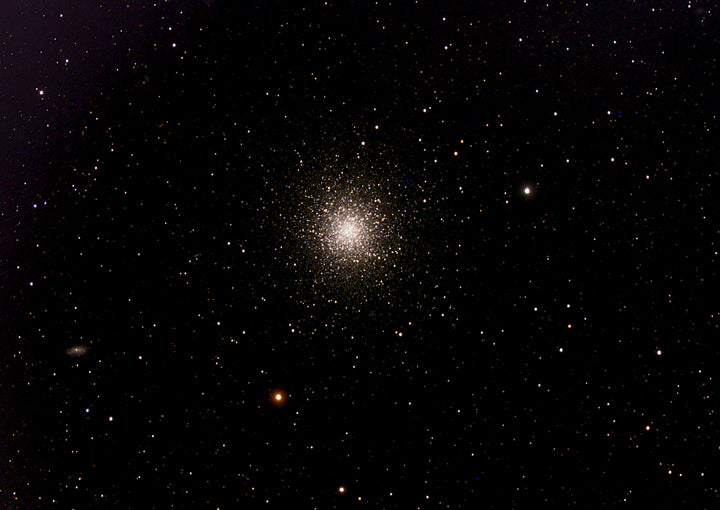
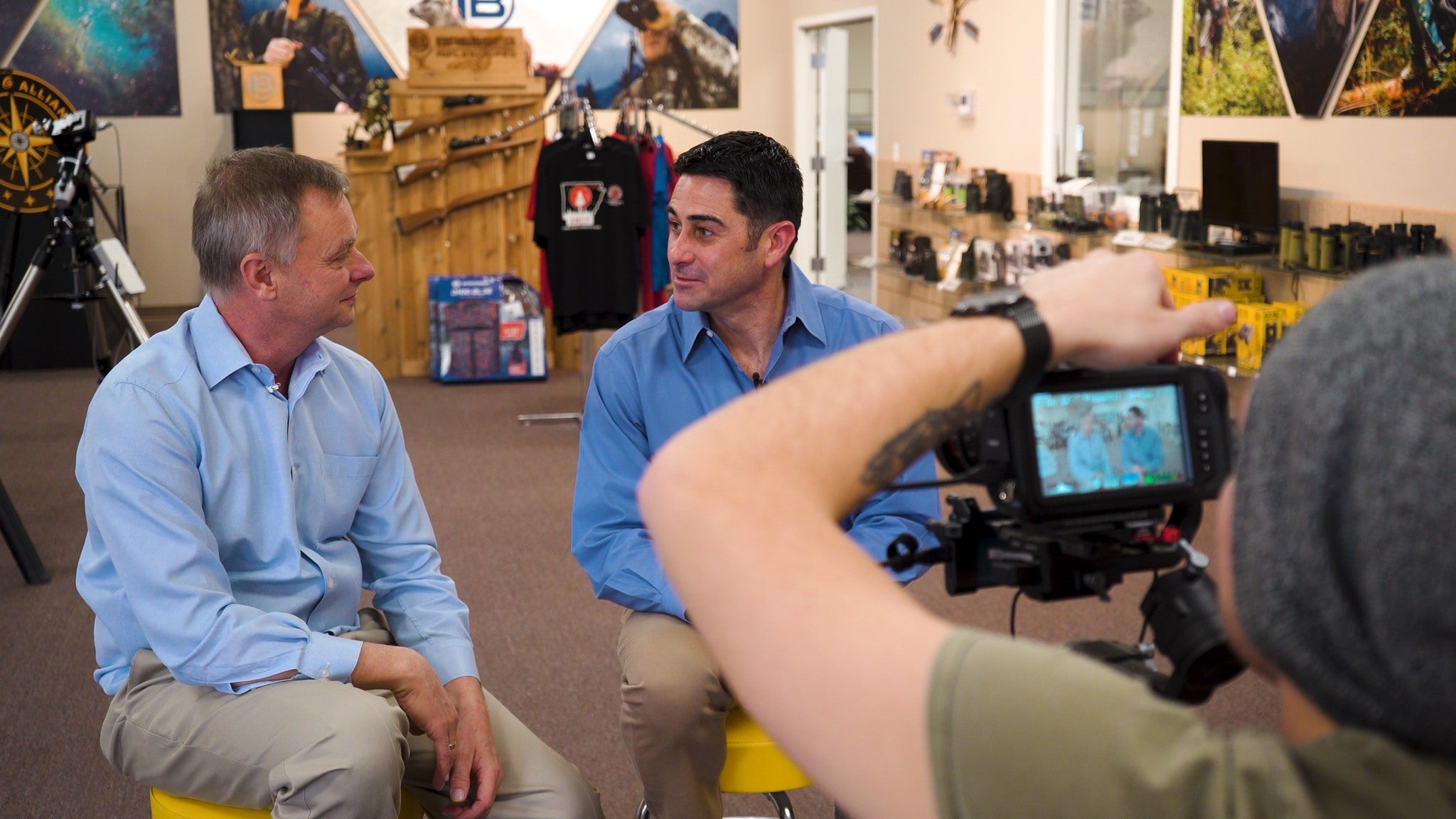
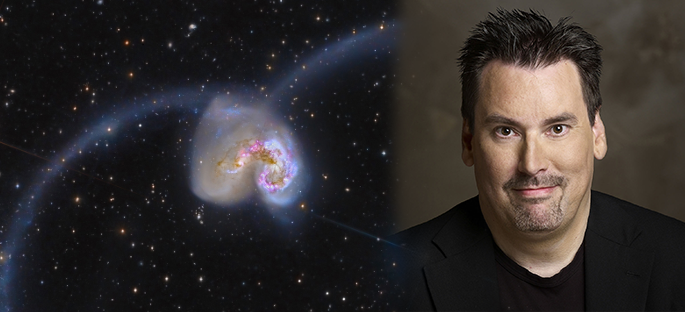
Leave a comment
All comments are moderated before being published.
This site is protected by hCaptcha and the hCaptcha Privacy Policy and Terms of Service apply.